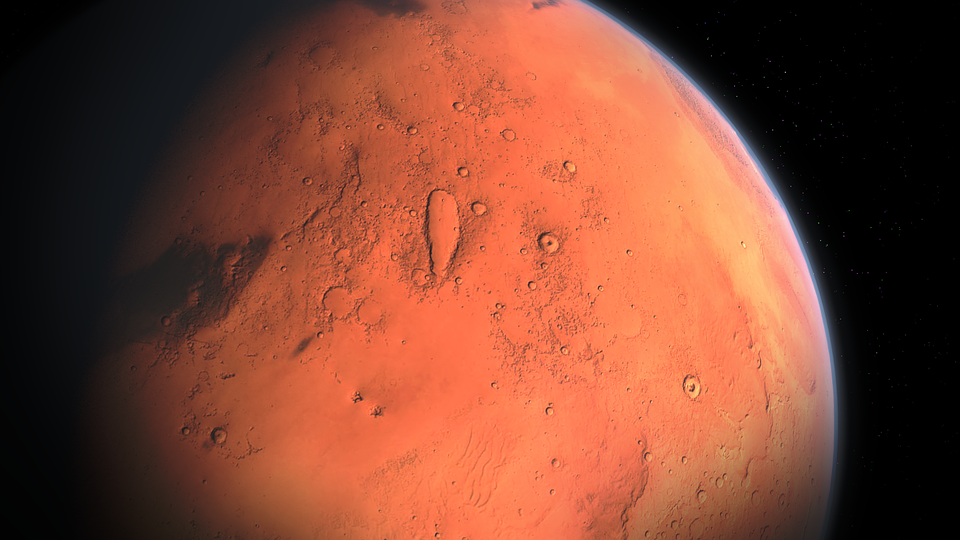On Sunday, January 12, Mars will be at its closest approach to Earth, and four days later, on January 16, it will reach opposition with the Sun, meaning it will be directly opposite the Sun in the sky, the Svábhegy Observatory reported to MTI on Wednesday.
They noted that the Red Planet will provide a majestic sight throughout the month, whether admired with the naked eye or examined through a telescope to study its surface features.
They also highlighted that the next opportunity to see Mars in such splendor will not occur until 2029.
The Svábhegy Observatory will host various programs in January and February, allowing as many people as possible to marvel at the planet’s details through telescopes.
Planets that orbit outside Earth’s orbit have a special position known as opposition, where they are directly opposite the Sun in the sky. During this time, the planet appears at its brightest and largest through a telescope, making it the best opportunity to observe Mars. At opposition, Mars rises at sunset and sets at sunrise, making it visible throughout the evening and night, they explained in the statement.
They also pointed out that during Mars’ opposition cycle, truly significant oppositions occur every 15–17 years. They added that within the cycle, there are typically 6–7 oppositions, 2–3 of which are considered major, and 3–4 minor, due to the elliptical shape of Mars’ orbit. The current closest approach will occur on January 12, and the minor opposition on January 16.
On January 12, Mars will be exceptionally visible in the night sky. At 7:00 PM, it will be comfortably high at 25 degrees above the eastern horizon and will culminate at nearly 67 degrees after midnight. On this day, the Red Planet will shine almost as brightly as Sirius, the sky’s brightest star, and will appear below Pollux, the brightest star in the Gemini constellation, about 20 degrees below the nearly full Moon.
The report also mentioned that next week, two celestial alignments visible to the naked eye will take place. On the night of Monday, January 13, Mars, the full Moon, and Pollux will form a triangle visible throughout the evening, becoming isosceles around midnight. On Friday, January 17, Mars will align in a straight line with Pollux and Castor, the two bright stars of the Gemini constellation.
In January and February, Mars will take center stage in most evening programs at the Svábhegy Observatory. Those interested in observing the mysterious, Earth-like planet through a large telescope are encouraged to visit the observatory.
Further details about the phenomenon and how to observe it are available on the Svábhegy Observatory’s website.
(MTI)

















